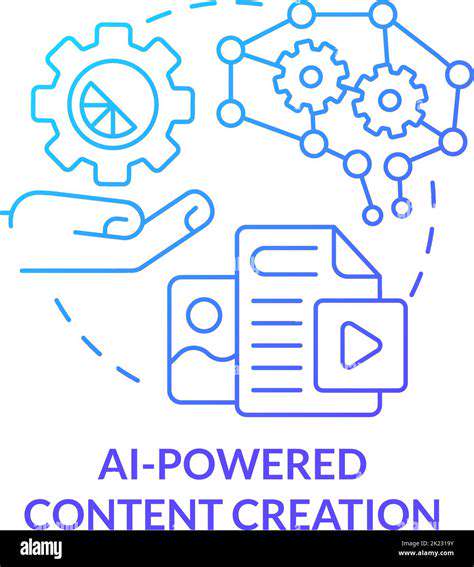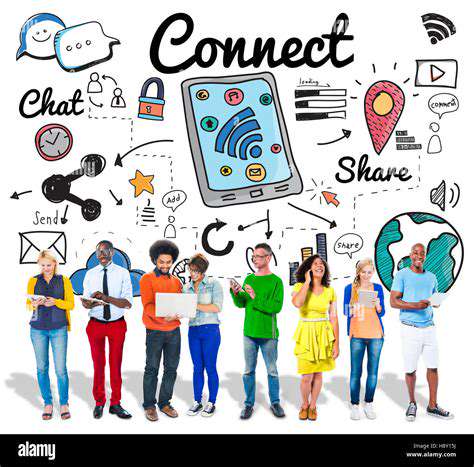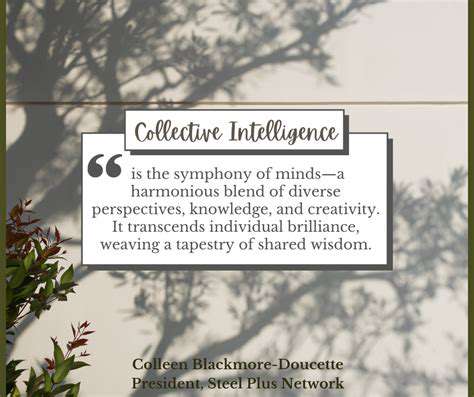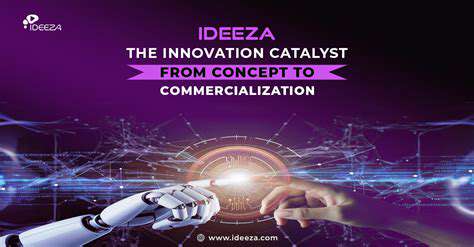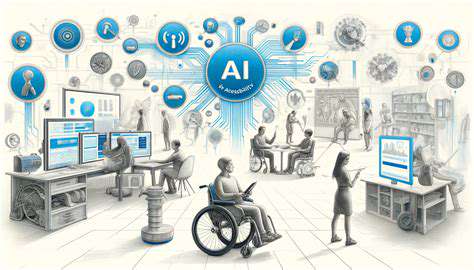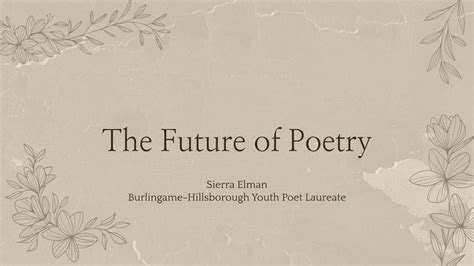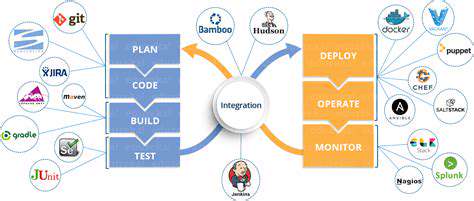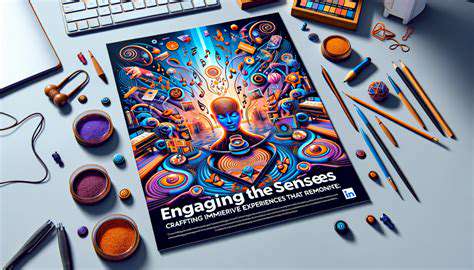AI in Concept Art and Character Design
The integration of artificial intelligence into concept art has opened up new creative possibilities, providing artists with powerful tools to enhance their workflow. Modern AI-driven applications can produce detailed concept art, ranging from environmental layouts to character illustrations, significantly faster than traditional methods. This efficiency allows artists to dedicate more time to refining and expanding their ideas, leading to more innovative outcomes.
One of the standout features of AI in concept art is its ability to generate a wide array of styles based on user inputs. Whether it's a dystopian metropolis with neon-lit streets or a tranquil woodland rendered in an impressionistic manner, the technology empowers artists to experiment with diverse visual approaches. This accessibility fosters creativity, enabling the exploration of fresh and intricate concepts.
Character Design Accelerated
AI is revolutionizing character design by streamlining the creation process. Machine learning tools can generate varied character concepts based on specified traits like age, gender, and physique. This automation helps designers quickly explore different archetypes and visual iterations, saving both time and effort.
Beyond initial generation, AI assists with finer details such as attire, accessories, and facial expressions. Designers can rapidly test and refine multiple versions, honing in on the perfect aesthetic for their characters with unparalleled efficiency.
Beyond the Canvas: AI and Digital Painting
AI's impact extends beyond image generation, transforming the digital painting process itself. Tools equipped with AI can analyze existing artworks to identify stylistic patterns, aiding artists in developing their own techniques. This is especially useful for those looking to master particular styles or elevate their current skills.
Additionally, AI can handle tasks like color adjustment, image enhancement, and style transfer, allowing artists to polish their work with precision. By delegating technical aspects to AI, creators can focus more on the artistic and imaginative facets of their projects.
The Role of Data and Style Transfer
AI algorithms draw from extensive art databases to replicate various styles, a feature highly beneficial for concept artists. This capability enables experimentation with different artistic influences, such as applying a Baroque touch to a contemporary character design, resulting in distinctive and captivating visuals.
Data-driven AI also promotes diversity in character design. By learning from varied datasets, the technology can produce characters that represent a broader spectrum of human and fantastical traits, contributing to more inclusive and representative art.
Ethical Considerations and the Future of AI in Art
While AI offers transformative potential in visual arts, it raises important ethical questions. Issues like copyright, the displacement of human artists, and transparency in AI-generated content demand careful consideration. Balancing technological advancements with the preservation of human creativity is essential for the sustainable evolution of the field.
Looking ahead, AI's role in visual arts is set to expand, with continuous innovations likely to redefine creative boundaries. As tools become more advanced, the collaboration between human ingenuity and artificial intelligence will further enrich the realms of concept art and character design.
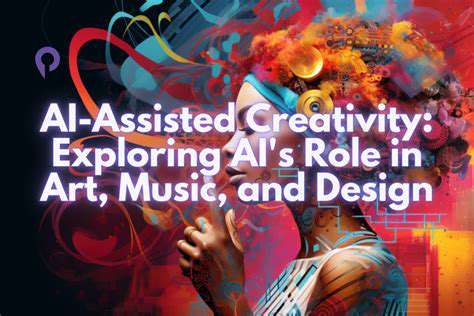
The Future of Visual Storytelling: AI as a Collaborator
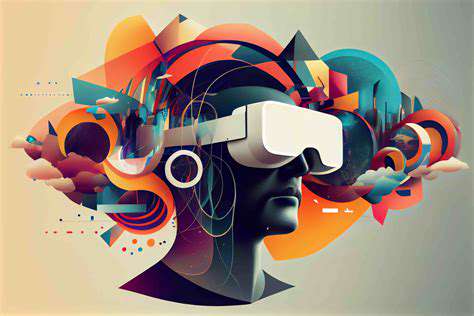
Immersive Experiences
Visual storytelling is moving towards immersive experiences that engage audiences beyond traditional media. Interactive narratives will play a pivotal role, allowing viewers to influence the story's direction. Envision walking through a virtual historical exhibit or embodying a character in a pivotal moment, all made possible through advanced technologies.
Virtual and augmented reality will elevate these experiences, offering three-dimensional environments that merge the digital and physical worlds seamlessly.
Data Visualization as a Narrative Tool
Data visualization is transitioning into a storytelling medium, transforming complex information into engaging visuals. Effective visualizations can reveal hidden insights and communicate them clearly, making intricate topics accessible. For instance, animated graphics depicting climate change effects can convey urgency and foster understanding across diverse audiences.
Personalized Storytelling
The era of personalized narratives is dawning, with AI tailoring stories to individual preferences. This customization enhances engagement, as viewers encounter content that resonates deeply with their interests. Imagine a news feed that adapts its visual storytelling to align with your personal tastes, creating a more meaningful connection.
Accessibility and Inclusivity
Inclusivity is a cornerstone of modern visual storytelling. Ensuring content is accessible to all—regardless of ability or background—requires features like subtitles, audio descriptions, and adaptable formats. These elements are vital for fostering a universally engaging experience.
The Rise of Interactive Storytelling
Interactive storytelling is gaining traction, offering audiences the power to shape narratives. This approach heightens engagement, as seen in video games where player choices influence the story. Such interactivity not only captivates but also enhances audience retention.
The Convergence of Media Formats
Storytelling now blends multiple media—video, animation, photography, and interactive elements—to create richer narratives. This fusion results in more dynamic and visually compelling content, pushing the boundaries of traditional formats.
The Role of AI and Automation
AI is becoming indispensable in visual storytelling, automating tasks like image generation and animation. This allows creators to focus on narrative depth and emotional impact. Future AI might even adjust stories in real-time based on viewer reactions, making storytelling more adaptive and engaging.
